Looking for a unique Mother’s Day gift in Auckland that your mum will truly appreciate?
Our medical pedicures take care of mums feet – from her toenails to her corns and calluses, while giving her the assurance that her feet are being cared for by registered health professionals, safely and under strict hygiene and sterilisation protocols.
More than this, at every appointment, we discuss any concerns that mum may have about her feet, check for any warning signs or problems she may not have noticed, and explain why mum may be seeing the changes in her feet and legs that she is. Simply put, this is an all-inclusive service dedicated to optimising mums foot health – where she leaves our clinic feeling great on her feet.
Grab your gift voucher for mum today.
What does a medical pedicure include?
We use premium, sterilised and specialised tools to:
- Trim toenails – regardless of how firm or thick
- Reduce toenail thickness across the entire nail where needed
- Remove or reduce areas of hard, dry skin (callus)
- Remove or reduce cracks in the heels
- Remove corns in the feet
- Remove skin and dirt build-up beneath and down the sides of nail
We finish by smoothing the skin using a sanding tool, filing the nails, using an antiseptic spray, applying tea tree oil and finishing with a moisturiser. Bliss!
Why is a medical pedicure better than a pedicure at a nail salon?
88% of nail salons in New Zealand failed to meet adequate disinfection and sterilisation standards. By adequate, we mean quite simple – that they were taking appropriate measures to clean and sterilise both the premises of the salons and the tools they use so they don’t just get moved from person to person with a glass of water in between. This is absolutely shocking for us – as registered podiatrists, we maintain excellent, strict safety and hygiene protocols because your health and well-being matters. So failing to meet such simple cleaning practices to help prevent infections and other problems for your valued customers always baffles us.
Aside from giving mum the assurance that her foot care is a safe and premium service, another benefit is that she gets access to all our knowledge and equipment. If she has concerns or questions about her feet, or any pains or changes she’s recently experienced, she can discuss these with our podiatrist and get all the info she needs, learning what she should be doing at home to best care for and protect her feet. If mum wants to come back in the future, she can book in with her same podiatrist that will monitor her foot health and help keep her healthy, active, mobile and independent.
Before & after images
Here are a few before and after images from the results we get in-house.
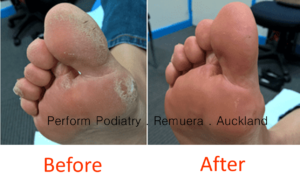
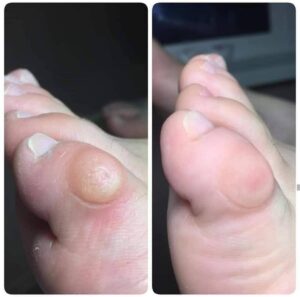
The premium care your mum will love this Mother’s Day!
We’re proud to be one of Auckland’s leading and trusted podiatry teams, located in the One Health Building on Remuera Road. To book your appointment, call us on 09 523 2333 or book your appointment online.


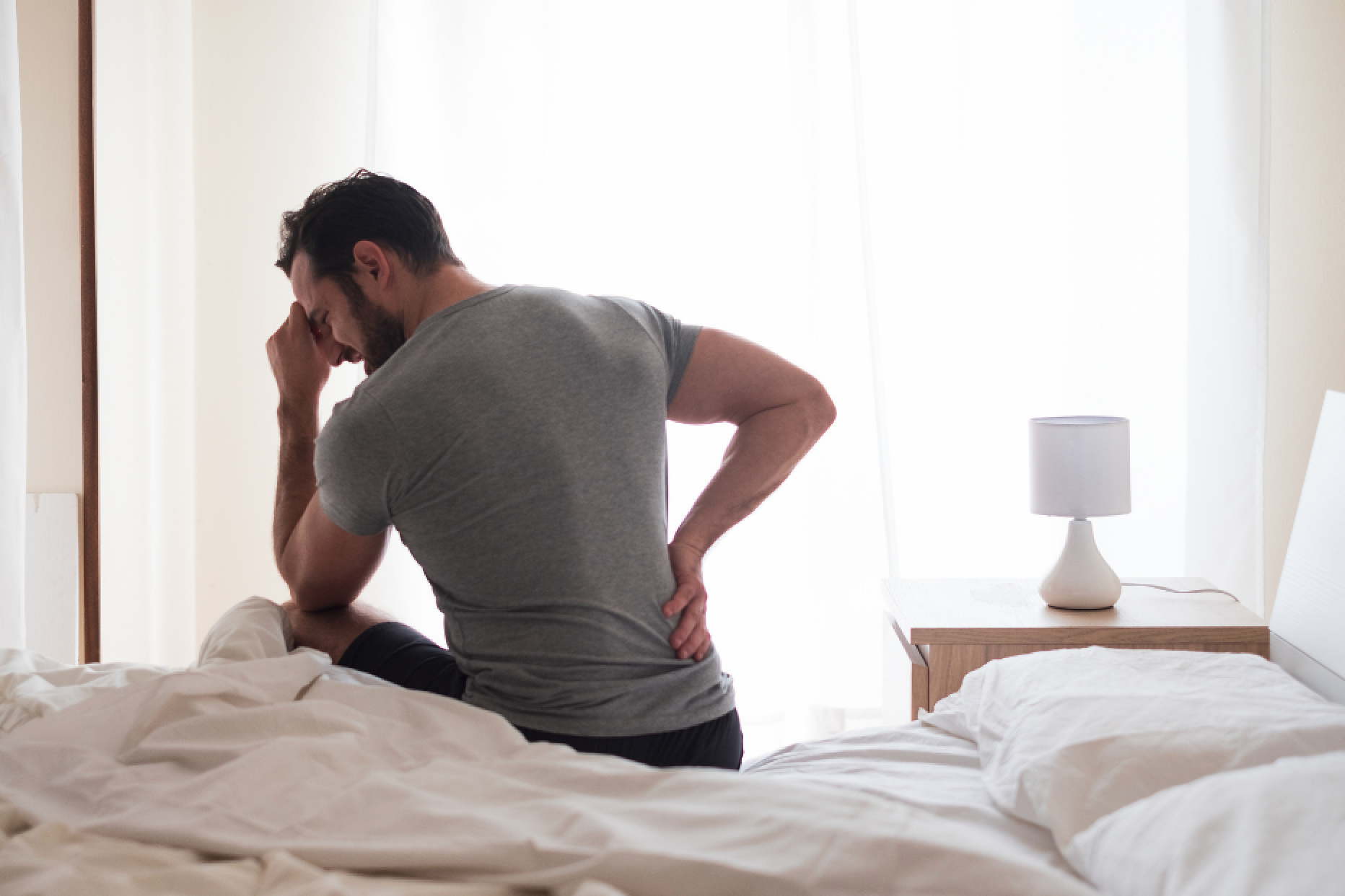

 While medical pedicures are a favourite with our patients, there are more ways that we work with our patients to help them on the slopes, including:
While medical pedicures are a favourite with our patients, there are more ways that we work with our patients to help them on the slopes, including: 
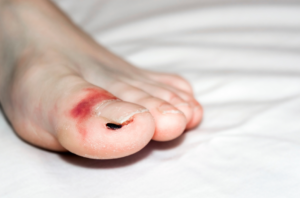 Yes, you should. Every toe bone break is different – some are more severe than others, and there are special considerations based on which toe you’ve broken and what kind of a break it is, as well as your physical health and medical conditions.
Yes, you should. Every toe bone break is different – some are more severe than others, and there are special considerations based on which toe you’ve broken and what kind of a break it is, as well as your physical health and medical conditions. 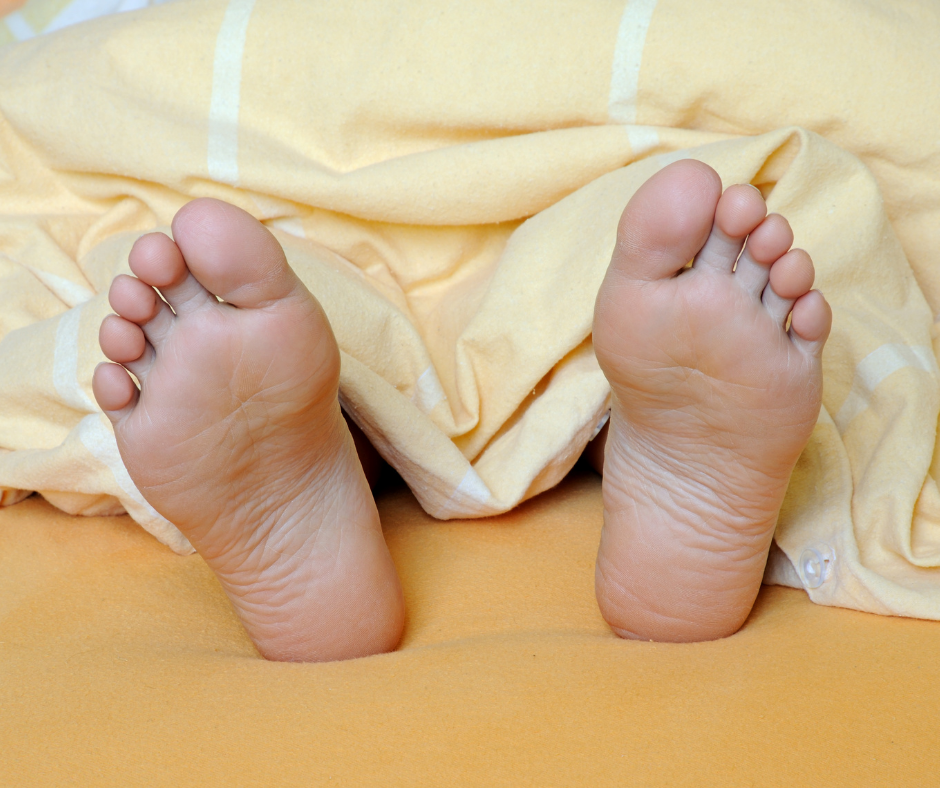
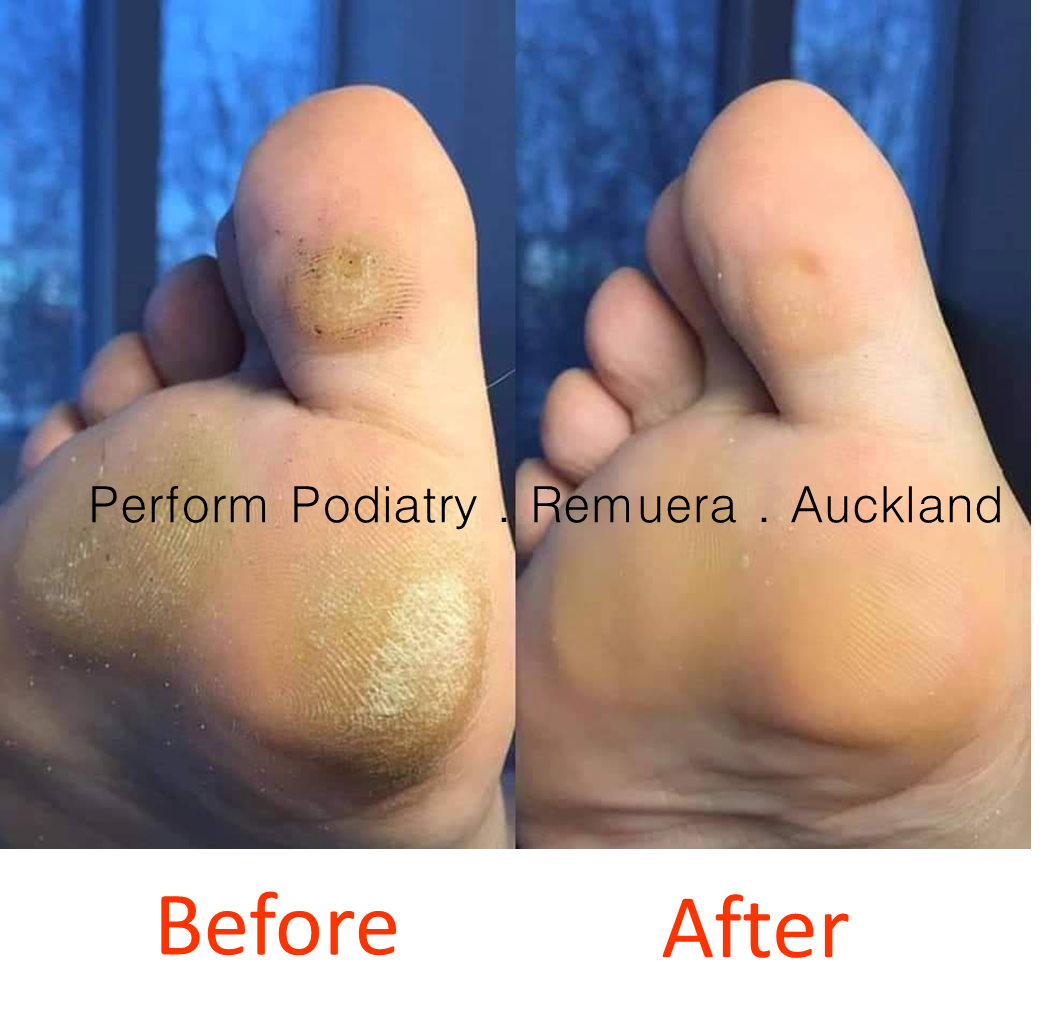
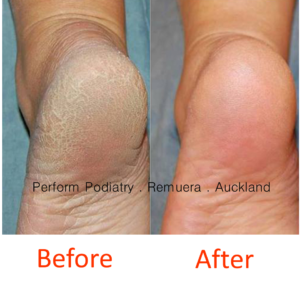
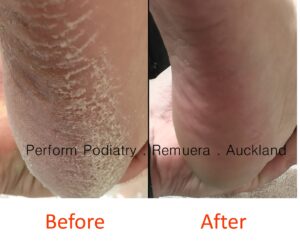
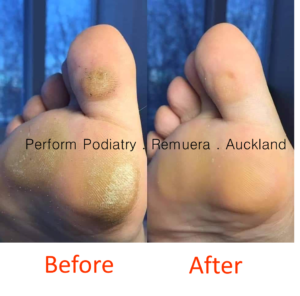
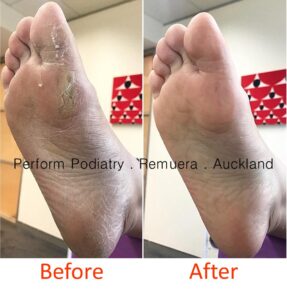


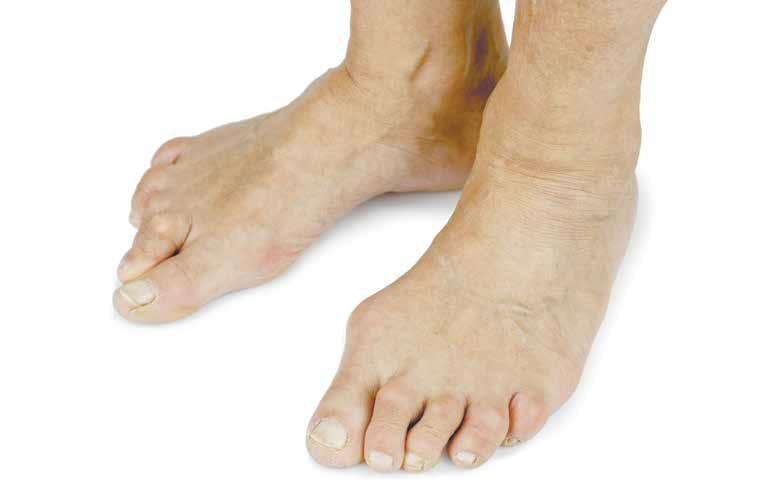
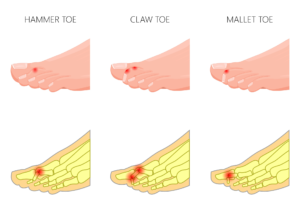

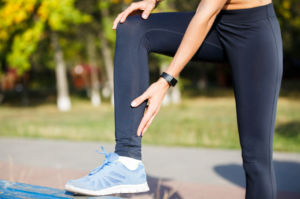 A one-off pain at the back of your heel at your Achilles tendon that starts but then shortly subsides for good is one thing. Ongoing Achilles pains and problems that keep reappearing – or even worse, never truly go away – takes the problem to a whole new level of discomfort, frustration and pain.
A one-off pain at the back of your heel at your Achilles tendon that starts but then shortly subsides for good is one thing. Ongoing Achilles pains and problems that keep reappearing – or even worse, never truly go away – takes the problem to a whole new level of discomfort, frustration and pain.